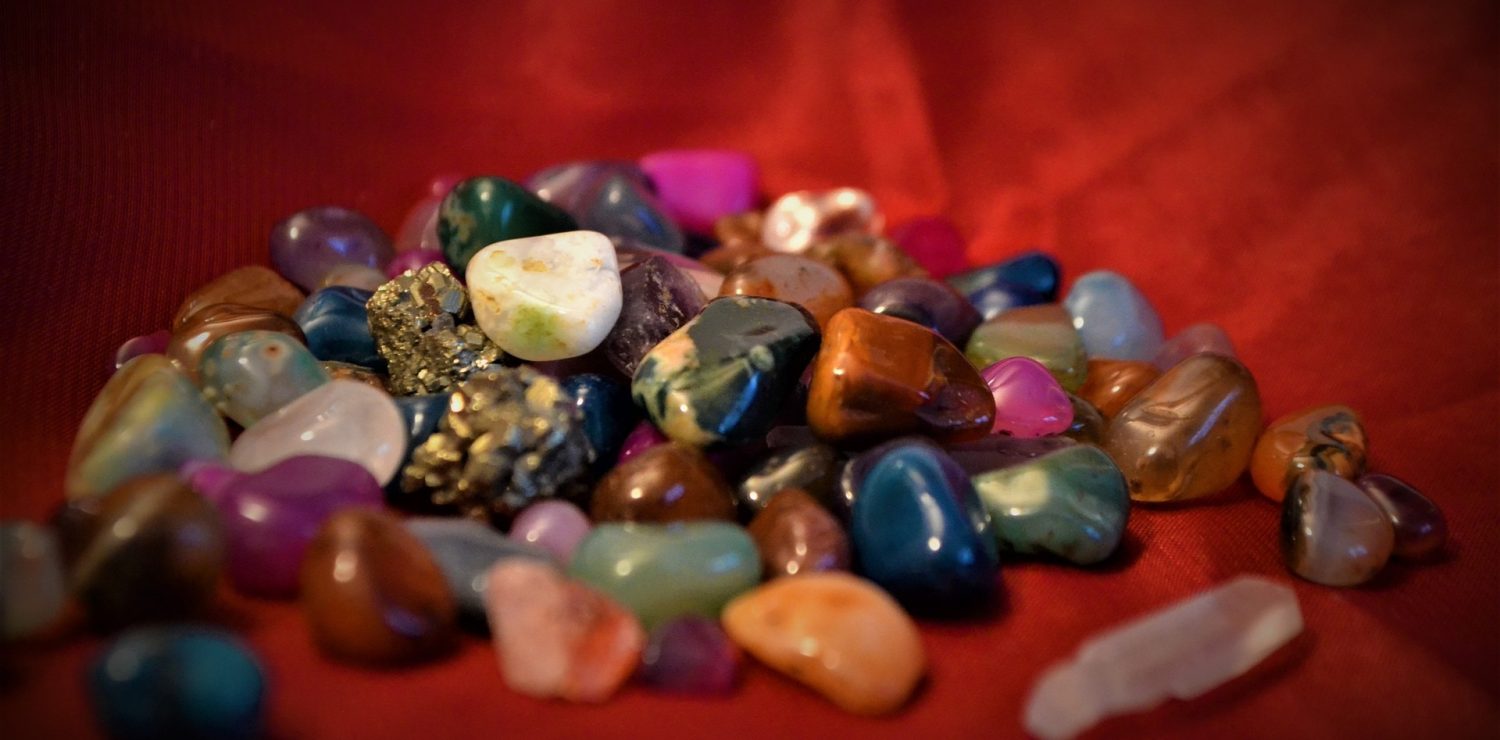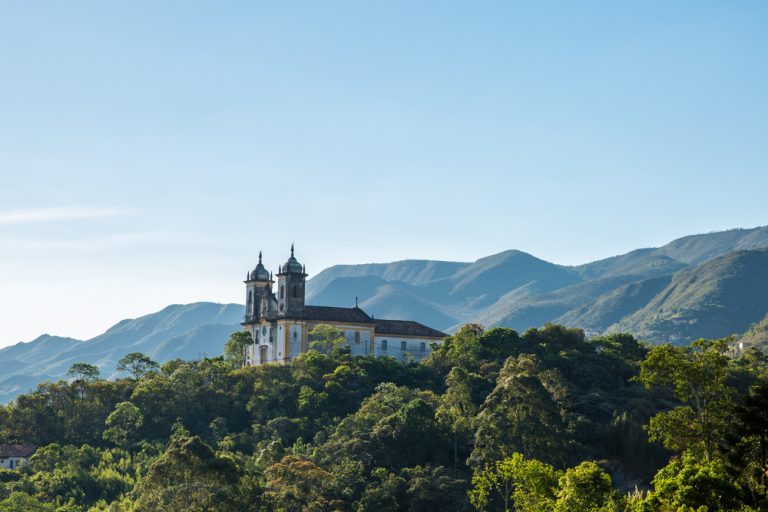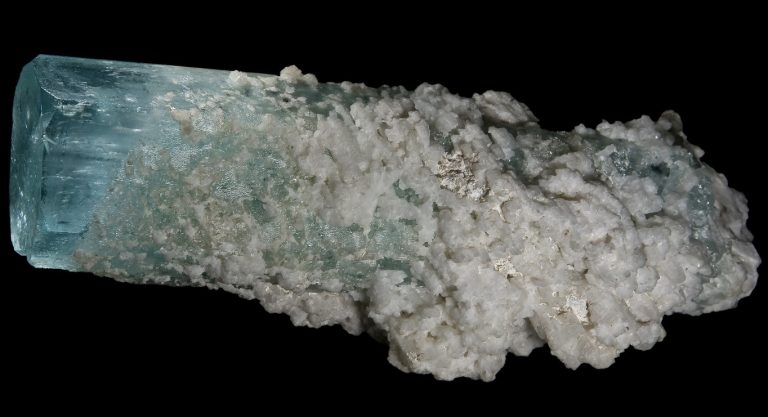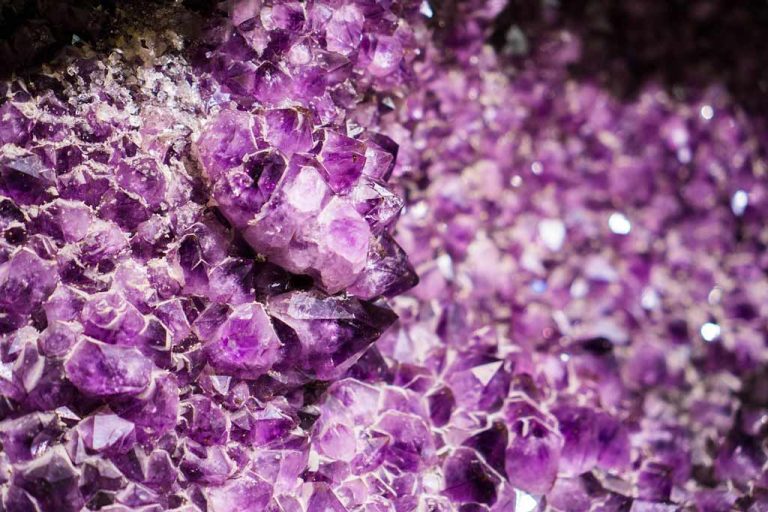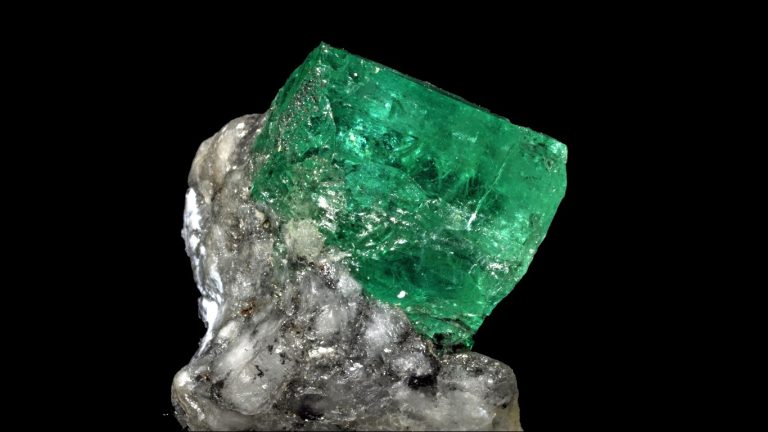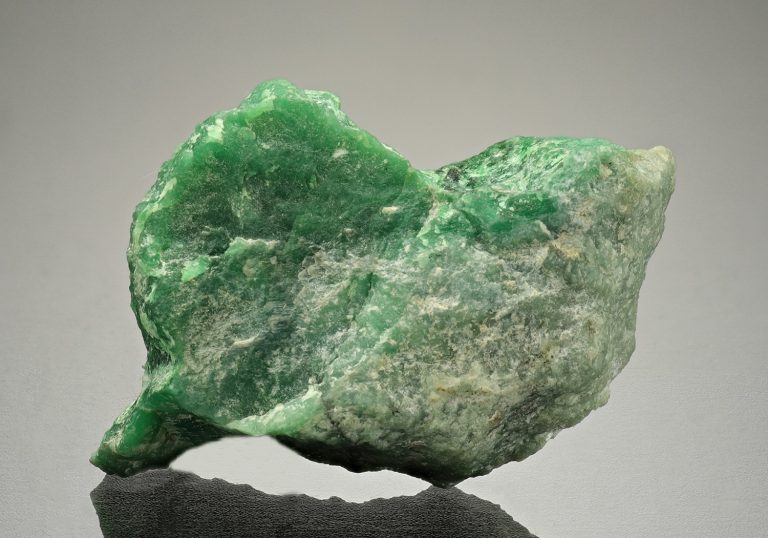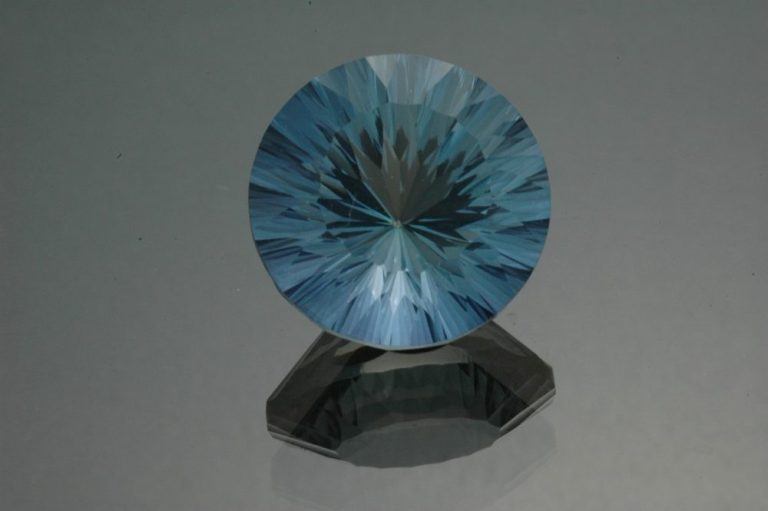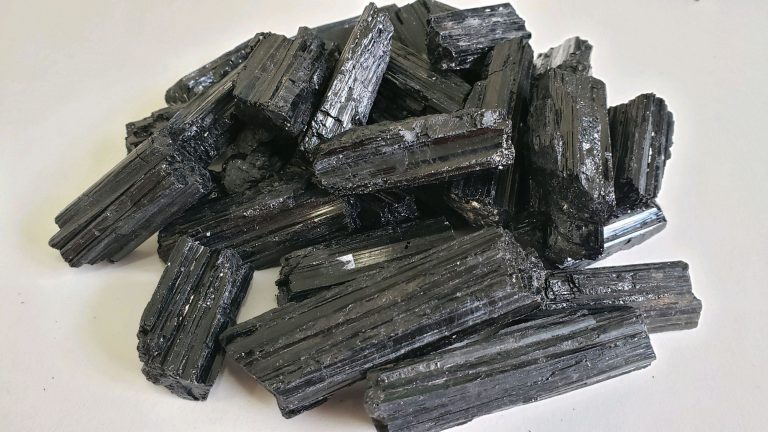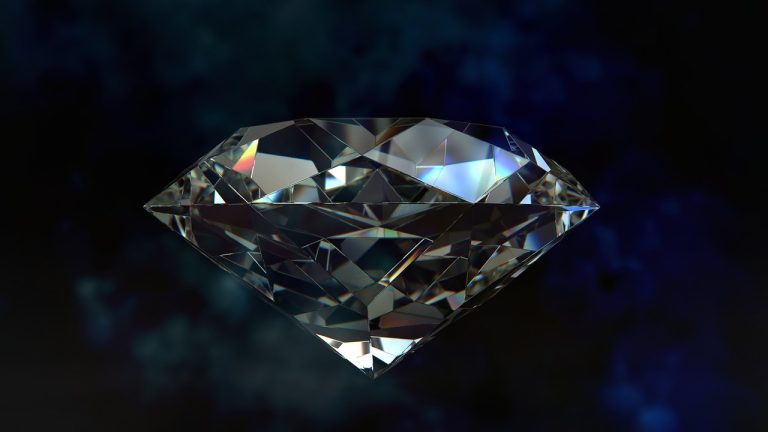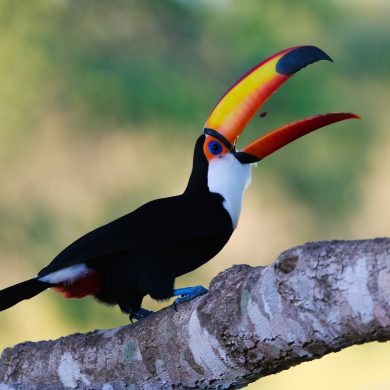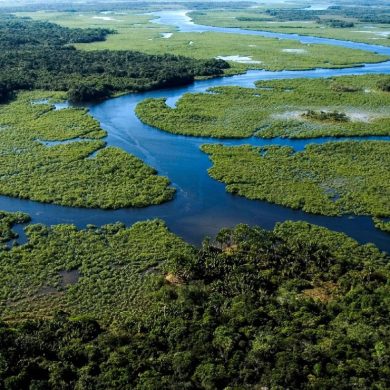There’s no doubt about it: Brazil is a rich country. Rich in industry, commerce, culture, traditions, and sports. But there’s one area in which Latin America’s largest country does remarkably well: the extraction and production of precious stones. It has even become the world’s leading supplier of these products!
Over 90 Varieties of Gemstones in Brazil
When we think of gems, we often think of African countries such as South Africa, Mozambique, or Tanzania, and Asian countries such as India, Thailand, China, or Sri Lanka, to name but a few. However, for most of the jewels that make the world swoon, Brazil comes first on the list of suppliers of gems. The country accounts for around a third of international production thanks to its “reservoir” state, Minas Gerais (“General Mines” in Portuguese), of which the cities of Ouro Preto (“Black Gold”), a UNESCO World Heritage Site, and Teófilo Otoni are worthy representatives.
Among the many tourist attractions offered by this ever-surprising country, the purchase of precious stones is not the least of them. Over 90 varieties, many of them world-renowned, are on offer to customers.
The Mineral Miracle of Minas Gerais
At the very beginning of the 16th century, the first explorers came for the obvious purpose of conquest, both territorial and commercial. At the time, precious stones were not only a prized currency of exchange, but also the ultimate luxury of princely and royal pageantry. But it was in the 18th century that the gold rush began in the state of Minas Gerais, turning Brazil into a leading producer of gems, each rarer than the last.
The town of Ouro Preto was built in record time during the gold fever that inflamed the prospectors. In 1750, the mining town had more inhabitants than New York or Rio de Janeiro! This gives perspective to the industry that had swept the country. It has since lost much of its influence with the exhaustion of gold reserves at the end of the 19th century but remains a magnificent city visited by many tourists.
Also in Minas Gerais, Teófilo Otoni owes its fame to the many handcrafted and family-run jewelry shops that attract gemstone enthusiasts who come to Brazil for this aspect of the country’s wealth. The states of Mato Grosso do Sul, Bahia, Paraná, and Roraima also have significant production of jewels. Paradoxically, the world’s number one country in this field has only one true jeweler on its territory, the famous Hans Stern (who died in 2007), a world reference.
Brazil’s Must-Have Gems
Of course, it is out of the question to review all the varieties of gemstones that can be found in Brazil but here are the most sought-after and famous.
Aquamarine
Named for its incredible blue-green color, reminiscent of the seabed, this stone is the most representative of Brazil. It is produced not only in Minas Gerais (the world’s most sought-after aquamarine) but also in Rio Grande do Norte, Ceará, Paraíba, and Alagoas. The most famous is the Marambaia, weighing 111 kg and measuring 45 cm high by 38 cm wide. Others include Lucia, Marta Rocha, and cachacinha, all native to Brazil. There are yellow egrets, but the blue ones are the most prized. The darker the color, the higher the stone’s value!
Amethyst
Amethyst is a semi-transparent quartz with a violet color. This color can fade after long exposure to sunlight. Despite its widespread use in decorative objects, its relatively low price makes it a very attractive stone. Once again, Brazil is the world’s leading producer, ahead of Russia, India, Paraguay, the United States, and Mexico. Most extraction takes place in Rio Grande Do Sul, followed by Bahia.
Emerald
Quite similar to aquamarine, emerald is a beryl (“crystal the color of seawater,” according to ancient Greek translations) with a fairly dark green color. Produced in Minas Gerais, Bahia, and Goiás, it is used exclusively in jewelry. It’s one of the oldest gemstones on record, with traces found in Babylon and ancient Egypt. In fact, emerald is one of the three most sought-after gemstones, along with ruby and diamond. The most famous are the Kakovin, the Jehangir, and the Devonshire (given to the Duke of the same name by Dom Pedro I of Brazil in 1831).
Jade
Also dating back to antiquity, jade was highly prized in China, then by the Aztecs, who preferred it to gold. The name actually refers to two different stones, nephrite, and jadeite. The former is the most widely used gem for its solidity, particularly in decoration, while the latter is the rarest and therefore the most precious. Brazil is not the largest producer of jade, leaving that honor to Russia and China. Nephrite is essentially green, hence its nickname “spinach jade.” Jadeite comes in a variety of colors, from white to deep green, brown, yellow, violet, and orange-red.
Topaz
A stone that can claim a totally Brazilian origin, Bragança topaz was discovered in the 17th century in Ouro Preto, where it is still produced today. But the most famous is the Princesa Brasileira, discovered in Teófilo Otoni, which is 21,327 carats, while Bragança topaz is “only” 1,680 carats!
Topaz can be white, yellow, orange, brown, pink, red, or blue. The most precious is the imperial topaz from Ouro Preto, and while the vast majority of the world’s production comes from Brazil, we can’t forget the more modest production from the USA, Pakistan, and France!
Tourmaline
Tourmalines are cylindrical crystals that are elongated vertically, and come in a variety of hues: the same tourmaline may have one color at the ends and another in between. It is then called bicolor tourmaline. Although outstripped by Russia, India, Madagascar, and Sri Lanka, Brazil produces remarkable tourmalines in Minas Gerais, Bahia, and Goiás. Tourmalines come in many colors, the darkest always being the most expensive. With its fascinating neon blue, Paraiba tourmaline is certainly the most sought-after. But the gradual extinction of its production in Minas Gerais, as well as in Africa, will make it even more inaccessible!
Diamond
The famous diamond, their value is so high that they cannot be ignored – often far higher than other gemstones. It is 100 to 150 times harder than a ruby or sapphire and can take several days to cut, whereas a precious stone takes only a few minutes! Unlike these, they are totally transparent, virtually colorless, and their value increases with their paleness. Colored diamonds do exist, but here too their price rises as the color fades. Diamonds are produced in Mato Grosso, Minas Gerais, Bahia, Paraná, and Roraima. Brazil was the world’s leading diamond producer before being supplanted by South Africa at the end of the 19th century, and now Russia and Botswana are the top producers.
Brazil’s gem-producing regions, particularly Minas Gerais, have transformed the country into a global powerhouse in the gemstone industry. From the stunning blue hues of aquamarine to the sought-after emeralds, Brazil’s mineral wealth offers a treasure trove for gem enthusiasts. Whether you are an avid collector or a curious traveler, exploring Brazil’s rich gemstone heritage is a journey that promises both beauty and history.
